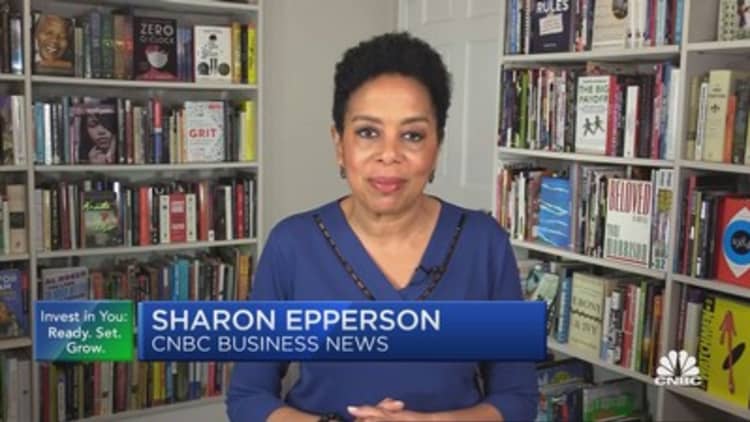Give from your estate now to reduce your tax exposure later
Shapecharge | E+ | Getty Images
The federal estate-tax exemption helps wealthy families avoid or reduce inheritance tax, but the clock is ticking on the size of this advantage.
In 26 months, some families that pay no inheritance tax today face the potential for sizeable federal taxes unless benefactors act. Though few families have enough wealth to be affected, the percentage likely to pay inheritance tax as a result of the lower exemption may more than double.
The current exemption limit is $12.92 million for estates of individuals and $25.84 million for the combined estates of married couples. Congress set this limit, adjusted for inflation, in 2017, doubling the existing exemption.
However, this legislation included a sunset provision calling for the exemption to revert to pre-2018 exemption amounts on Jan. 1, 2026. Unless Congress intervenes, the exemption will then halve — to less than $7 million for individuals and about $13 million for married couples.
This reduction would expose some estates to federal taxation for the first time in years and others, for the first time ever. About 0.1 to 0.2% of estates of people who died in recent years have been subject to federal tax. Under the scheduled lower exemption, this range could increase to 0.3 to 0.4%.
New families affected would include those with far less wealth.
For example, heirs of estates containing no more than a large home, a vacation home and a few million in liquid assets could owe inheritance tax that they wouldn’t face today. Non-exempt portions of estates are currently subject to a progressive tax that tops out at about 40% on values of $1 million or more.
Do this as soon as possible
Making changes to estate plans can be time-consuming, so it’s critical for benefactors to start considering changes as soon as possible. A common strategy is to trim your estate’s value before Dec. 31, 2025, and then keep it below the exemption limit, if feasible, or as low as possible to minimize tax exposure.
One way to accomplish this is to gift heirs cash or other items of value annually — investment securities, art collections, jewelry, etc.
There’s no tax on annual gifts valued at less than $17,000 per recipient from individuals and $34,000 from married couples. And there’s no limit on the number of recipients.

As this is an annual limit, benefactors can take advantage by making gifts in 2023, 2024 and 2025. This annual gift-tax exclusion limit isn’t changing, so you can continue making these gifts after 2025.
Though gifts above the limit may trigger no tax directly, this additional value would count toward what’s known as your lifetime estate and gift tax exemption — the sum of all non-excluded value that you’ve gifted over your entire life plus the value of your estate when you die.
This running personal total is the IRS’s way of limiting how much taxpayers can legally gift to…
Read More: Give from your estate now to reduce your tax exposure later
